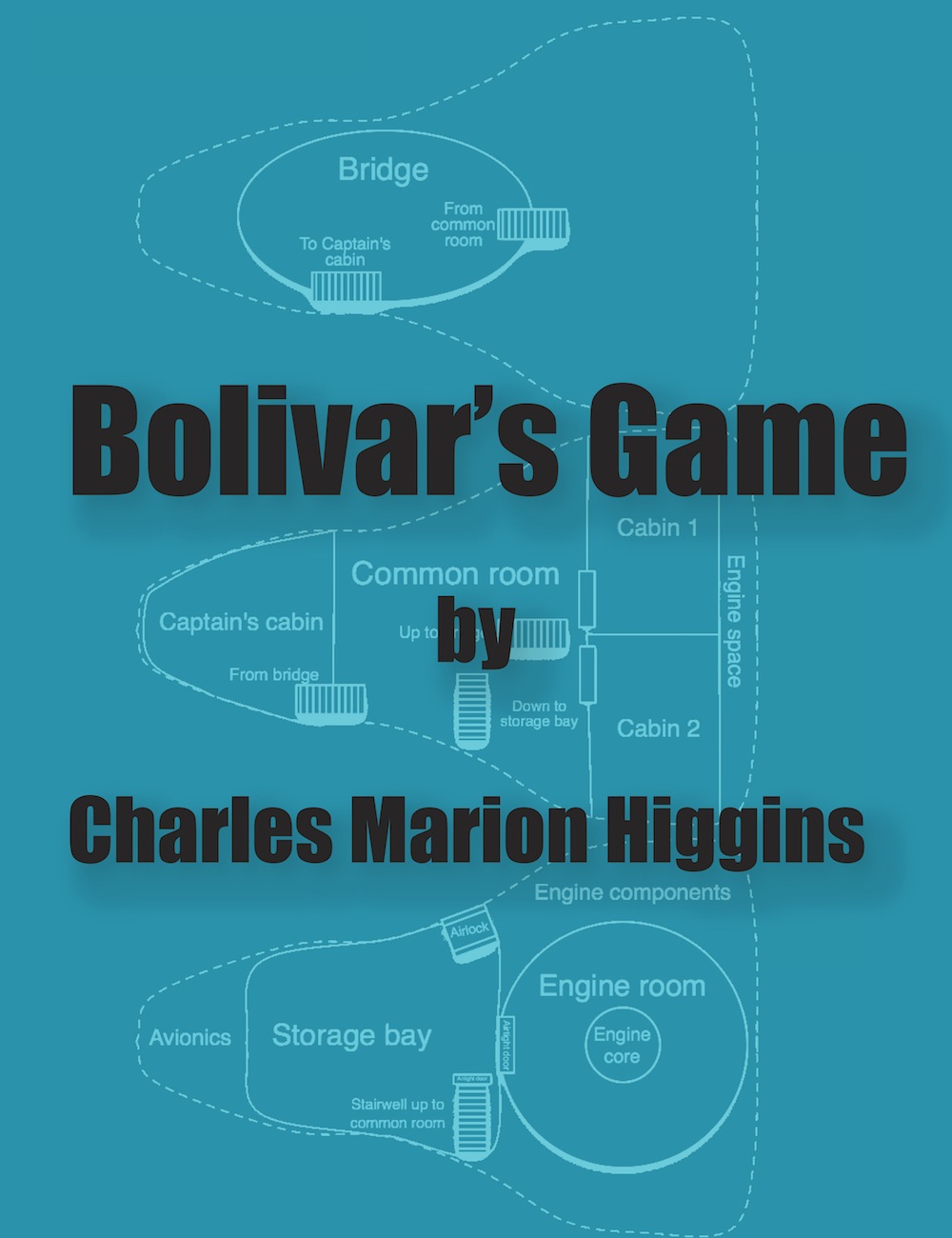In a collaborative project with the Strausfeld laboratory, a novel computational neuronal model of elementary motion detection based on anatomical, physiological, and behavioral observations of flies has been developed that serves as a working functional hypothesis as to how the underlying neuronal machinery may be organized. We are currently augmenting the existing EMD model with two important stages, working towards a more realistic model of the insect visual system. In the optics stage, light information is collected by each facet of the simulated compound eye. Collected light is then focused onto photoreceptors which further process the light information. A mathematical model of the photoreceptor stage is being used to simulate contrast adaptation under steady-state and dynamic conditions.

Dipteran Elementary Motion Detection
- Projects
- Last Updated: Saturday, 27 October 2012 20:07
Last Updated: Saturday, 27 October 2012 20:07






